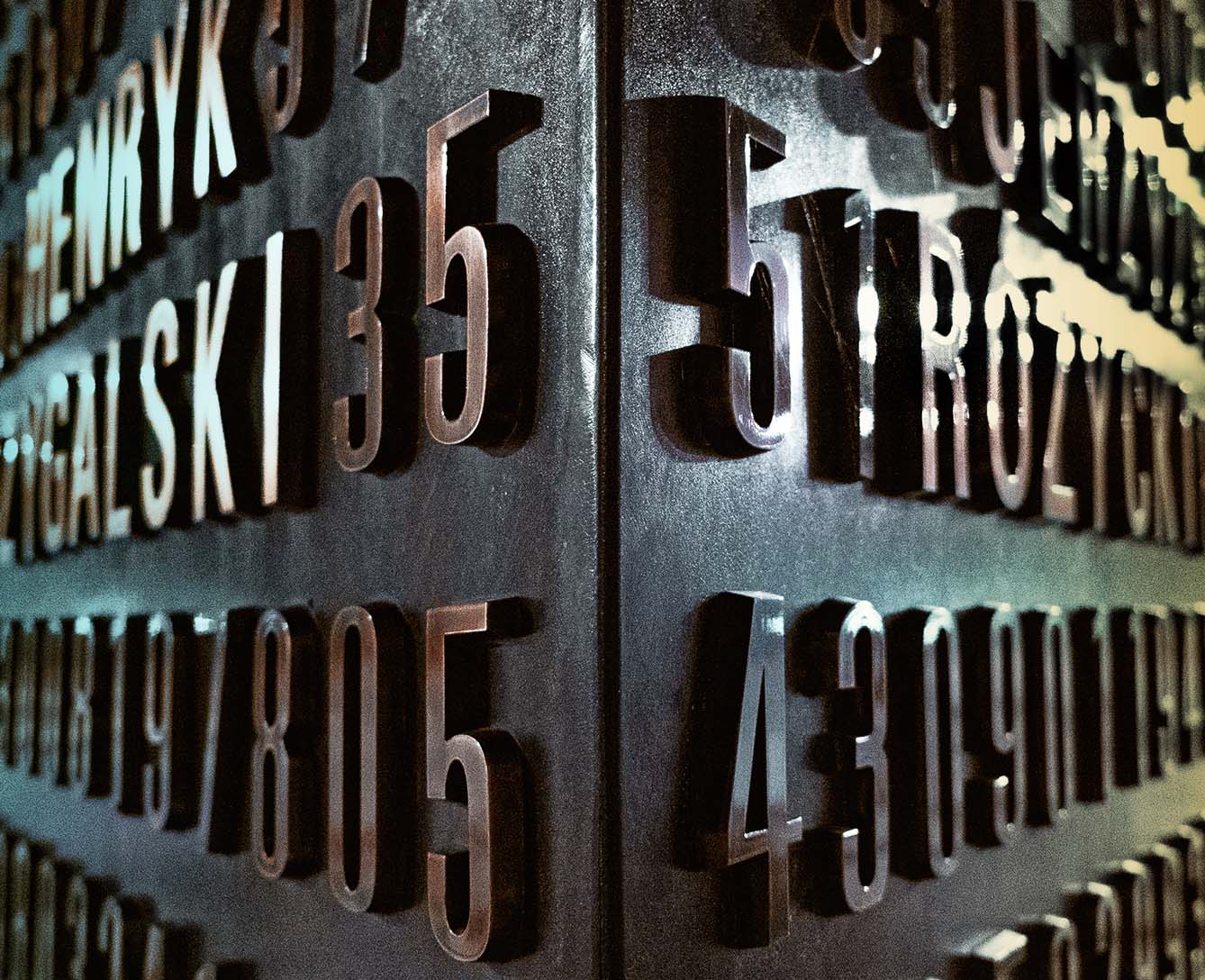The theoretical and mathematical assumptions of quantum physics can lead to entirely practical solutions. For years, scientists have been looking for practical applications for this field. Some potential options have the potential to change the world as we know it.
One such application is quantum cryptology, which is already creating encryption tools used in politics and business. In a world where the most valuable thing is information, this is a real game-changer. Such ciphers cannot be broken, or at least not in less time than the predicted end of the universe.
Polish scientists to develop cryptography
There are several encryption methods used in quantum cryptology. However, the most popular is the one developed by a Polish-British physicist Artur Ekert – at one time nominated for the Nobel Prize for his discoveries in this field. Why are we not surprised that the voice of Polish quantum physicists is gaining more and more importance?
In order to understand the increasing participation and contribution of Polish scientists to the development of quantum physics and, in particular, cryptology, one must go back to the 1920s and recall the Polish School of Mathematics, which was the name that mathematicians active in Poland in the years from 1918 to 1939 were commonly called.
These circles materialized in the form of the Lviv School of Mathematics and the Warsaw School of Mathematics. At that time, they were unique scientific centers that attracted the most eminent mathematicians in Europe. Undoubtedly, the climate favoring the development of mathematical thought in Poland contributed to the emergence of geniuses in cryptography.
The father of Polish cryptology
Jan Kowalewski is generally considered to be the father of Polish cryptology. During the Polish-Soviet War, his pioneering work led to the breaking of more than 100 cipher keys of the Red Army, which by the end of 1920 made it possible to read several thousand secret messages. Thanks to this, the Polish army had regular knowledge of the Red Army’s operational plans.
A perhaps more widely known example of cryptologic success was the breaking of the Enigma code in the 1903s. While numerous books and movies have been made about the codebreaking British team led by Alan Turing, what is not as widely known is the essential role that three Polish mathematicians, Marian Rejewski, Henryk Zygalski, and Jerzy Różycki, played in this effort. In fact, it is now widely acknowledged that their calculations directly assisted the British team in creating the machine that ultimately led to the Allied victory during World War II.
Quantum physics, mathematics, and cryptography are closely linked, and it is here in Poland that fertile ground for their development has been found. And scientists such as Artur Ekert, Andrzej Dragan, and many others have been contributing more and more to solving problems and issues which quantum physics really does not lack.







